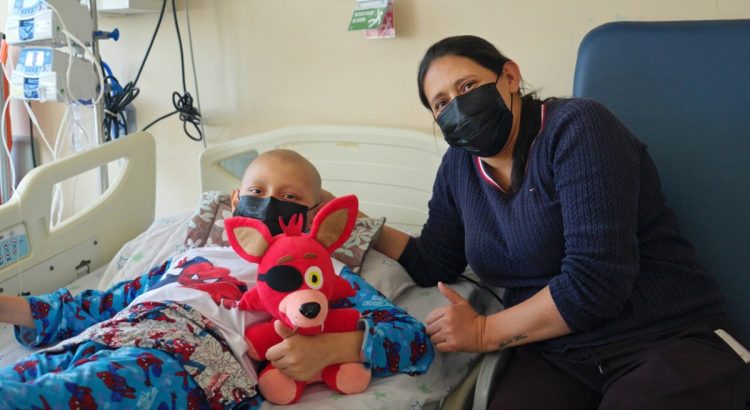DiYES International School – WHO and St. Jude begin cancer drug distribution in low- and middle-income countries. The program targets children facing limited cancer treatment access. Free and high-quality medications are delivered directly to selected hospitals. Mongolia and Uzbekistan have received the first shipments. These drugs treat common forms of pediatric cancer. More countries will join the initiative in the coming months.
A Global Health Initiative
The program focuses on saving young lives. WHO and St. Jude aim to reach about 5,000 children in 2025. Around 30 hospitals will participate in the project this year. Health authorities coordinate closely with global and local partners. Cancer remains a leading cause of child mortality worldwide. Access to treatment varies dramatically by region and income. Most children in lower-income countries cannot access essential cancer drugs. This initiative helps fill that critical gap.
“Read about: Why Do Kids Experience Frequent Nosebleeds? Causes and Prevention Tips”
How the Program Works
WHO and St. Jude select countries based on medical need. Governments collaborate with WHO to identify eligible hospitals. Hospitals receive medication shipments based on local treatment guidelines. All drugs are quality-assured and follow strict safety standards. Medical staff receive training for handling and administering these drugs. The program also strengthens local cancer care systems. Logistics support ensures timely and safe delivery of supplies. The entire process is monitored for transparency and impact.
Initial Rollout: Mongolia and Uzbekistan
WHO and St. Jude begin cancer drug distribution in Mongolia and Uzbekistan. Both countries face limited access to pediatric cancer medication. The new drug supply gives hope to many families. Hospitals track better treatment outcomes among young patients. Doctors receive training focused on pediatric cancer care. These improvements reflect early success in the program. Health officials form new partnerships to strengthen cancer services. International observers recognize the quick rollout of the initiative.
Program Goals and Expectations
The long-term goal is global access to childhood cancer treatment. WHO wants to eliminate barriers to drug access. St. Jude offers its expertise in pediatric oncology. Together, they aim for sustainable change in public health. The partnership seeks to expand to more regions every year. Local governments are urged to join the program. The model may be adopted by other global health projects. Officials plan to track progress through yearly data reviews.
“Read more: Garage Living’s Improvement Day Campaign: Transforming Garages for Safer Homes”
Fighting Inequality in Health Care
Pediatric cancer survival rates differ across countries. High-income nations report survival rates above 80%. In some low-income regions, survival rates are under 30%. This gap is due to lack of access and awareness. Many hospitals lack diagnostic and treatment infrastructure. Families often cannot afford continuous treatment. Children in rural areas face greater obstacles. The new initiative helps reduce those inequalities. Children deserve equal care regardless of geography.
Training and Local Capacity Building
Training programs accompany every drug delivery. Medical teams receive updated knowledge and resources. Nurses learn how to manage side effects safely. Pharmacists are trained to store drugs correctly. Hospital staff attend regular virtual workshops. Mentorship networks are formed with expert doctors. Knowledge sharing builds stronger local systems. In-country monitoring teams ensure quality control. Capacity building continues throughout the program’s duration.
International Response and Future Planning
Health organizations support the new partnership. Experts from UNICEF and GAVI expressed their approval. They believe it represents a model for future projects. Governments express interest in joining the network. St. Jude commits to long-term involvement in global cancer care. New funding proposals are under discussion. Private donors and NGOs also support the mission. Collaboration will be key to sustaining momentum. Future reports will assess impact and suggest improvements.



